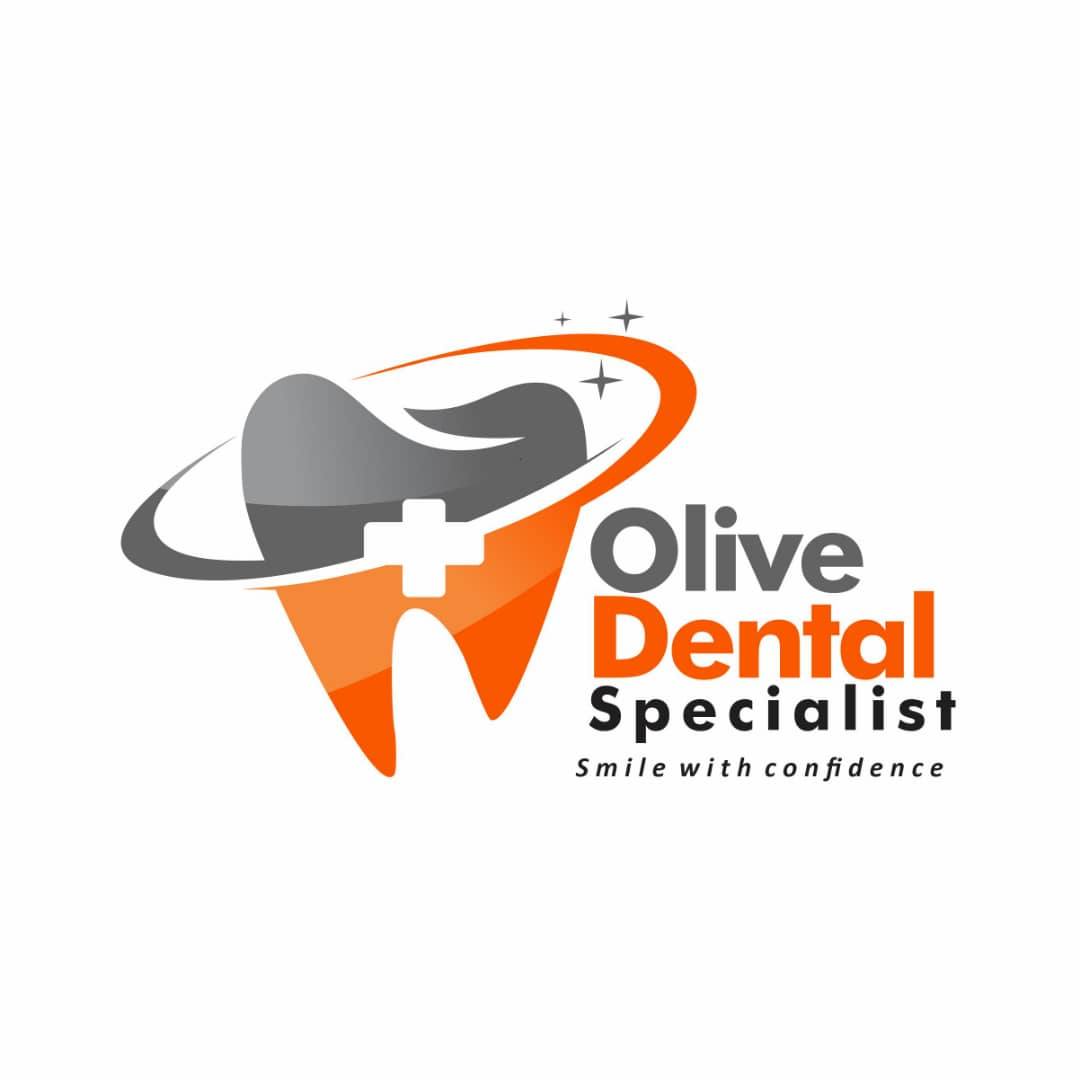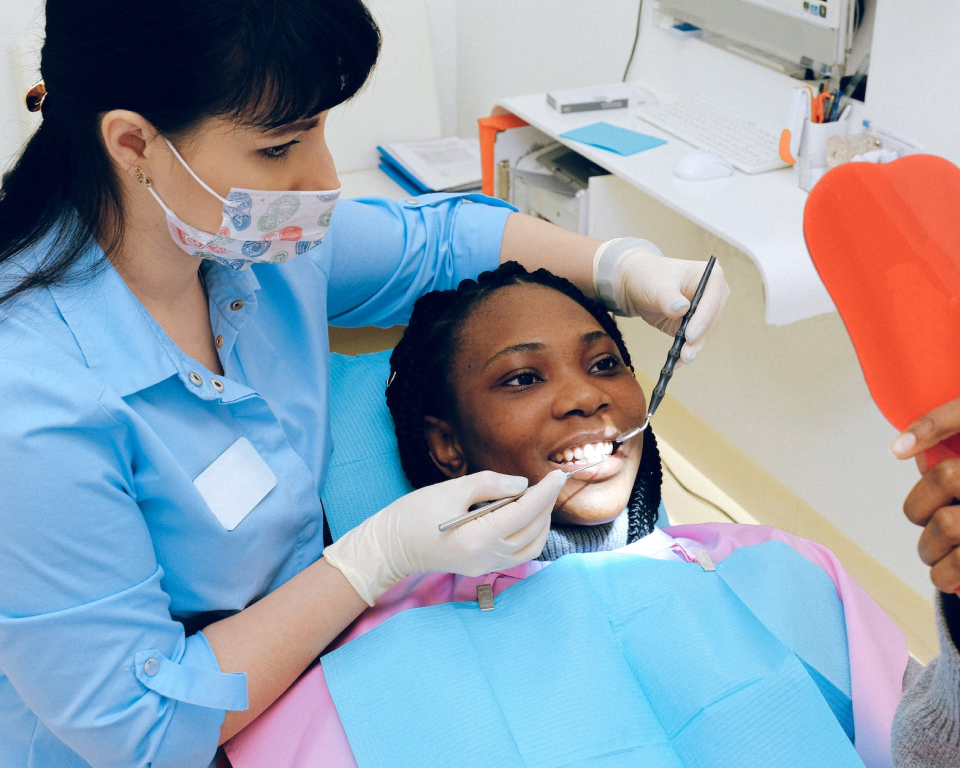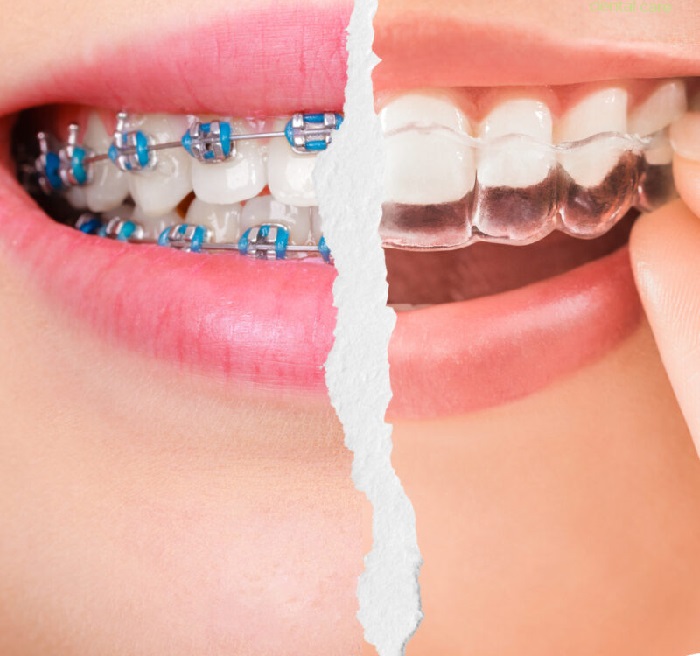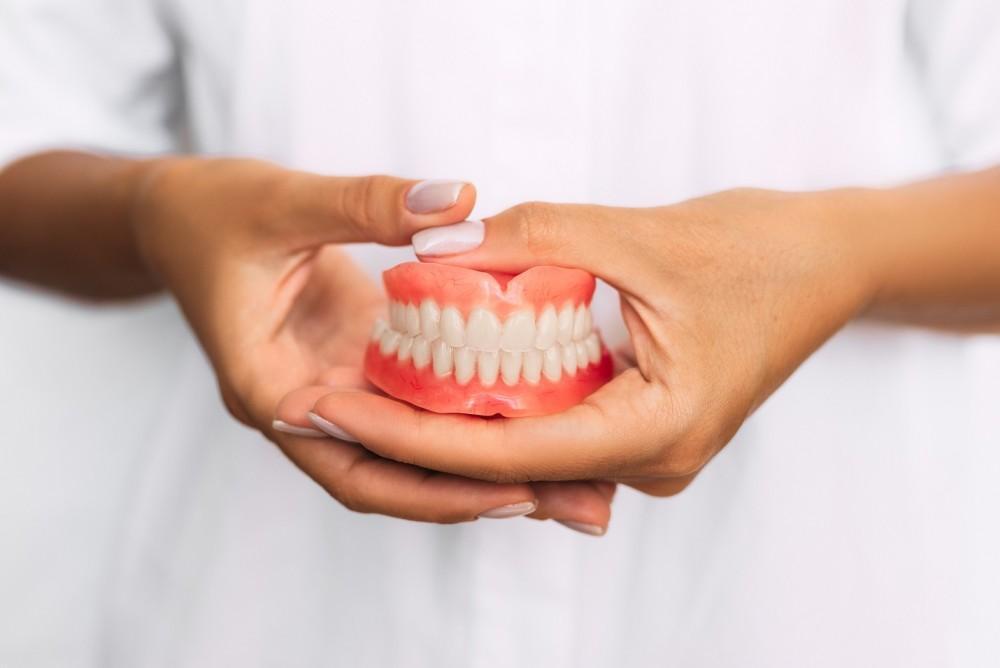Do you find yourself hesitant to smile because of crooked, overlapping, or misaligned teeth? You’re not alone. Many adults desire a perfect smile but may be deterred by the idea of traditional metallic braces. Luckily, modern advancements in orthodontics have introduced a game-changer: Invisalign. Let’s explore the differences between Invisalign and traditional braces to help you make an informed decision about transforming your smile.
Understanding Invisalign and Traditional Braces
Invisalign, introduced in 1997 by a Stanford University student, revolutionized orthodontic treatment for adults seeking discreet teeth-straightening solutions. Unlike traditional braces, Invisalign utilizes clear, removable aligners customized to your mouth’s unique shape and tooth alignment.
Advantages of Invisalign Over Traditional Braces
- Comfort: Invisalign aligners are smooth and comfortable, with no sharp brackets or wires that can cause irritation or cuts in your mouth. Say goodbye to wax applications needed to alleviate discomfort!
- Better Dental Hygiene: Unlike traditional braces that are fixed in place, Invisalign aligners can be removed for eating and brushing. This allows for easier maintenance of oral hygiene, reducing the risk of cavities and gum disease.
- Versatility: Invisalign offers benefits beyond teeth straightening. It can help reduce gum inflammation, tooth sensitivity, bad breath, overbite, and even chipped teeth, contributing to overall oral health improvement.
- Orthodontic Emergencies: With Invisalign, you can avoid orthodontic emergencies like broken brackets or wires, minimizing unplanned trips to the dentist.
- Convenience: Invisalign requires fewer office visits compared to traditional braces. You’ll follow a specific schedule for changing aligners and have shorter, more efficient check-ups.
- Aesthetics: The clear aligners of Invisalign are nearly invisible, making them a discreet option suitable for any social or professional setting.
- Suitability for All Ages: While adults commonly opt for Invisalign, individuals of various age groups can benefit from this treatment. Dentists typically recommend waiting until children are older (around 13-14 years) to ensure responsible tray maintenance.
- Shorter Treatment Duration: Invisalign typically achieves desired results in 12-18 months, whereas traditional braces may require over two years for teeth straightening.
Choosing the Right Orthodontic Solution
At Olive Dental Clinic and Braces Centre, we’re dedicated to providing comprehensive dental solutions that enhance oral health and confidence. If you’re considering Invisalign or traditional braces, our experienced staff can guide you through the decision-making process. Schedule a consultation today to explore the best treatment option tailored to your lifestyle and smile goals.
Don’t let crooked teeth hold you back from smiling confidently. Discover the transformative power of Invisalign and take the first step towards achieving a straight, healthy smile that radiates confidence! Reach out to us for personalized guidance and embark on your journey to a beautiful new smile.



